Occupation American musician Name J. Monterose | ||
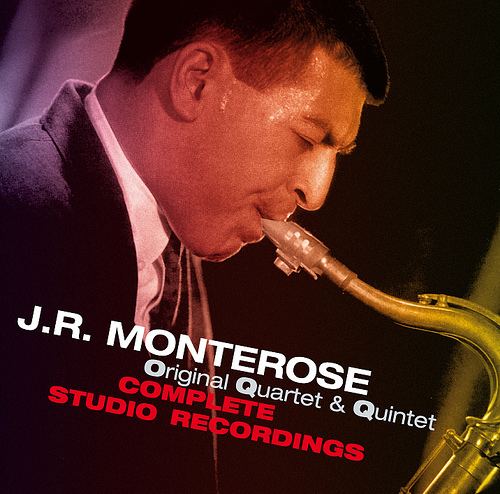 | ||
Similar People | ||
J.R. Monterose Quartet - All The Things You Are
J. R. Monterose (January 19, 1927 – September 16, 1993), born Frank Anthony Peter Vincent Monterose, Jr. in Detroit, was an American jazz tenor (and occasional soprano) saxophonist.
Contents
- JR Monterose Quartet All The Things You Are
- JR Monterose Quartet Whats New
- Early life
- Professional career
- Influence and legacy
- As leader
- As sideman
- References
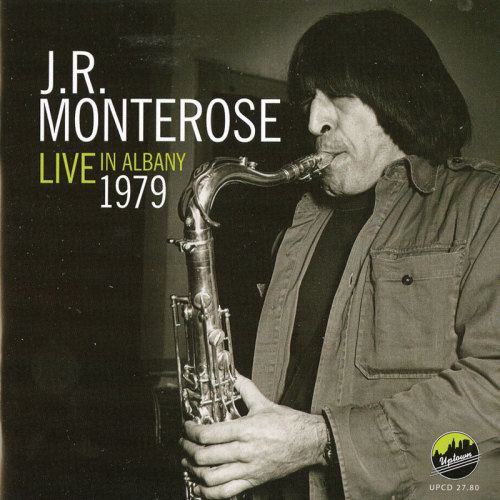
J.R. Monterose Quartet - What's New
Early life
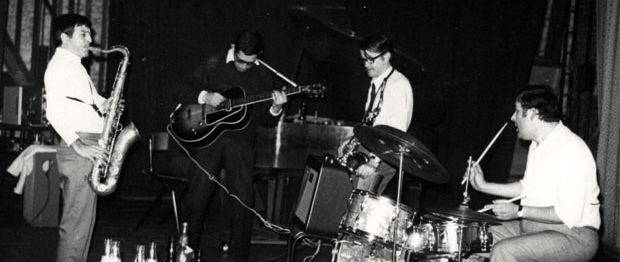
J.R. or JR (derived from Jr.) Monterose grew up in Utica, New York, where his family moved a few months after his birth. He began formal clarinet studies at thirteen, but was largely self-taught as a tenor saxophonist, which he took up at fifteen after hearing Glenn Miller band soloist Tex Beneke. His earliest influences were Coleman Hawkins and Chu Berry, but, as he told critic Leonard Feather, he also found harmonic inspiration in pianists, citing Bud Powell and the instruction of Utica-based guitarist and pianist Sam Mancuso in helping him learn how to use chord changes.
Professional career
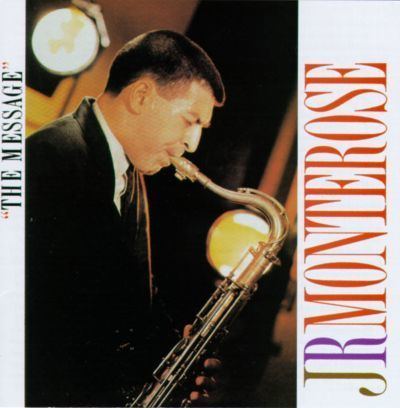
Monterose's first professional experience was playing in upstate New York territory dance bands (1947–49). In 1950 he joined Henry "Hot Lips" Busse's touring orchestra. After a brief return to Utica, he joined the Buddy Rich big band in late 1951. Though the band had some excellent bop-oriented musicians (Rich, Dave Schildkraut, Allen Eager and Philly Joe Jones) he soon left, citing the lack of soloing opportunities. "After six months I was drugged with my own playing," he declared in a 1956 interview, "and I went back home and spent the next couple of years working in little joints but with good men."
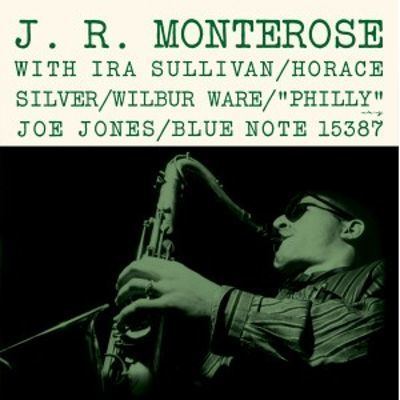
In New York City in the mid to late 1950s, Monterose was a featured soloist with Claude Thornhill's orchestra and with vibraphonist Teddy Charles' modernist groups, Charles Mingus's Jazz Workshop and Kenny Dorham's short-lived Jazz Prophets. Dorham, Monterose told critic Mark Gardner in 1975, "was one of the greatest leaders and players I ever played for...A wonderful musician." He also recorded two sessions as leader, J. R. Monterose (Blue Note, 1956) produced by Alfred Lion with liner notes by Leonard Feather and The Message (JARO, 1959) produced by Manny Albam with Nat Hentoff providing commentary.
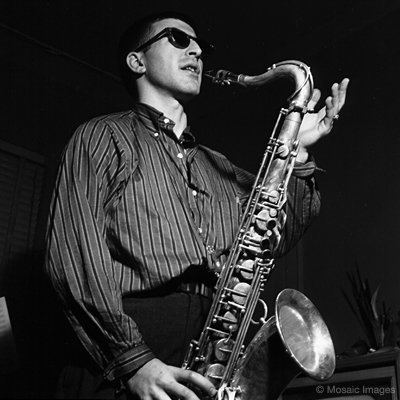
The record of Monterose's life thereafter, however, is one of sparsely documented itinerancy, pursuing his evolving craft in small-time U.S. venues and during extended stays (late 1960s through the mid-1970s) in Belgium, The Netherlands and Denmark, with occasional low-profile recordings (In Action, Body and Soul) recorded in such places as Cedar Rapids, Iowa, and Wageningen, The Netherlands. His preference for small-group work in out of the way places would shape much of his subsequent career, contributing to the musical growth but relegating him to a obscurity.
The last decade and a half of Monterose's life was spent at upstate New York venues, including the Lark Tavern in Albany. Live recordings at the Lark and other upstate New York venues such as Opus 40 have been released by Croscrane Records. His visit to play Copenhagen's Jazzhuz in 1988, recorded by Danish Broadcasting, has been released by Storyville under the title T.T.T. Other live recordings from his final years, when he was in less than robust health, are available on the Croscrane specialty label.
Influence and legacy
While Monterose considered himself an underground artist, his work, both as player and composer, remains esteemed by musicians, critics and aficionados of classic jazz. He never denied having been influenced by Stan Getz, Sonny Rollins and John Coltrane, but refused to be pigeonholed in any particular style. "I've tried all my life to avoid copying. If I can't be myself, there's no point being in jazz." It was this uncompromising insistence on going his own way, both musically and geographically, that moved jazz historian and writer David Brent Johnson to describe Monterose as "The Best Tenor You Never Heard."
As leader
As sideman
With Kenny Burrell
With Eddie Bert
With Teddy Charles
With Freddie Deronde
With Kenny Dorham
With Jon Eardley
With Charles Mingus
With the René Thomas Quintet
With the George Wallington Quintet
